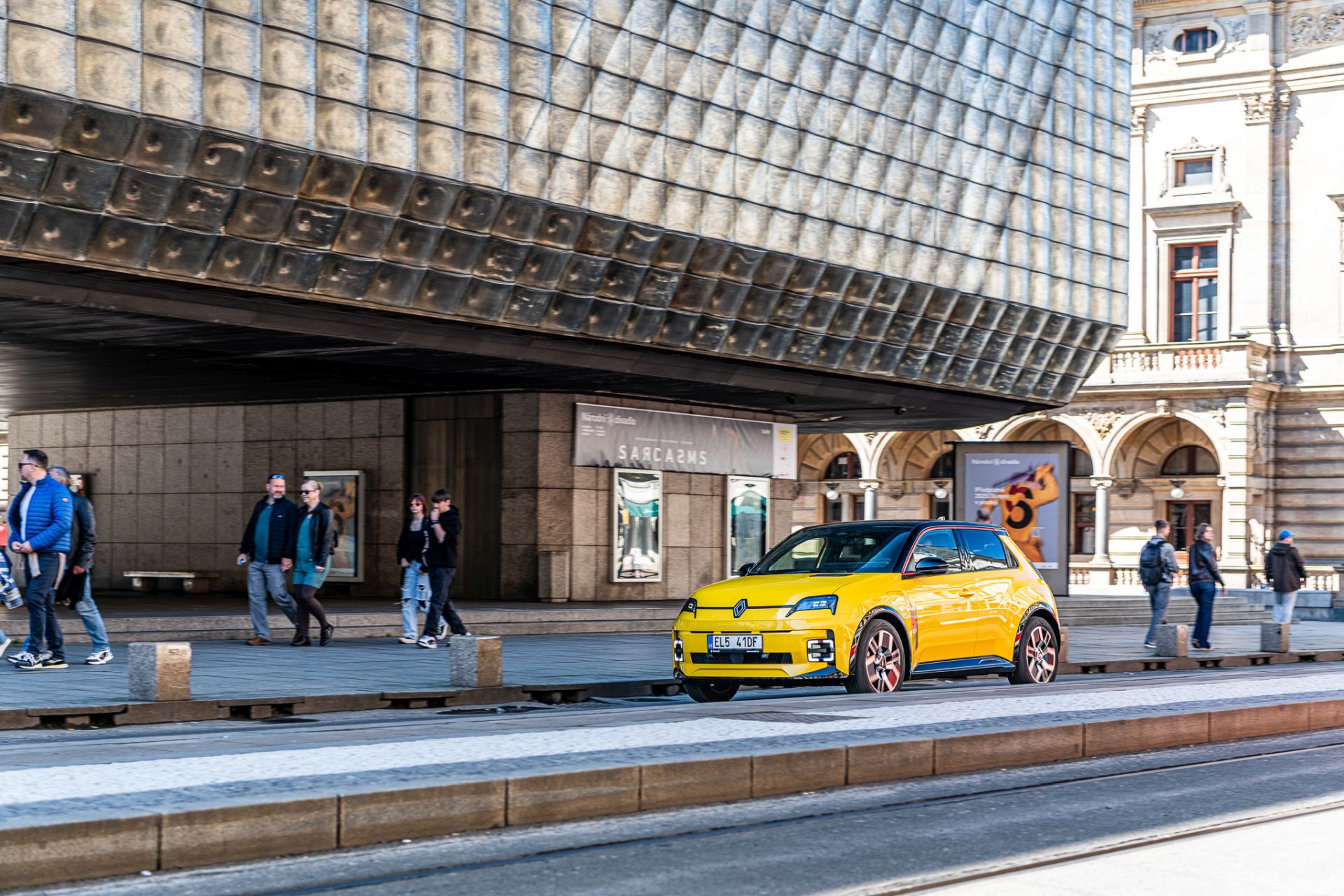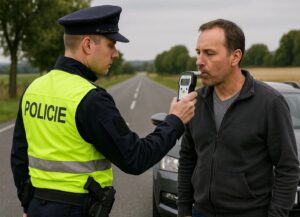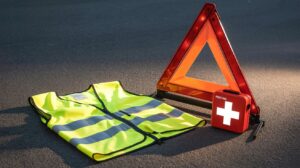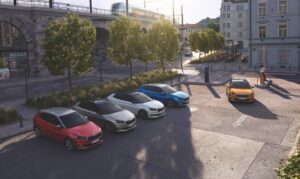Drivin' in Czechia
All you need to drive smart in the Czech Republic
Drivin' in Czechia
All you need to drive smart in the Czech Republic

Driving abroad can be a challenge. Although road traffic rules across the European Union share common foundations, each country has its own specifics – and the Czech Republic is no exception. If you’re an expat, a student, a traveller or a long-term resident in the Czech Republic, this article will help you understand the basic rules, local driving habits, and details that may surprise you behind the wheel.
In the Czech Republic, the following speed limits apply:
Be aware – in some towns, especially near schools or residential areas, the limit may be reduced to 30 km/h. These zones are marked with special signs.
However, Czech drivers are pretty relaxed about speed limits. They often drive at 140 km/h on the highway. Czech police are relatively tolerant of speed limits. Fines for exceeding the speed limit by up to 10 km/h are pretty low, at up to CZK 1,500 (EUR 61).
There is zero tolerance for alcohol behind the wheel in the Czech Republic – meaning 0.0‰. Police conduct random checks, and even a small amount of alcohol (like after one beer) is considered an offense or even a criminal act, depending on the level.
:Read the information what Expats and Tourists should know about zero tolerance of alcohol in the Czech Republic

In residential areas and at unmarked intersections, the rule of priority to the right applies – which may catch foreigners off guard. If there are no signs, you must give way to vehicles approaching from the right, regardless of which street they’re coming from.
Every vehicle must be equipped with:
All the information about mandatory equipment for personal cars in the Czech Republic

Czech drivers tend to be assertive – they often treat driving like a competition. Many don’t maintain safe distances, overtake closely, and honk unnecessarily. That doesn’t necessarily mean they’re dangerous – it just means you need to be more alert than you might be used to.
Unfortunately, many Czech drivers ignore turn signals. Especially on roundabouts, be extra cautious – signaling could be for foreignors confusing. At roundabouts, Czech drivers flash their indicators only at the exit.
The law protects pedestrians, but in practice, drivers don’t always give way at pedestrian crossings. For cyclists, the situation has improved since 2022, when a law was passed requiring drivers to keep a minimum 1.5-meter distance when overtaking a cyclist.
From November 1st to March 31st, winter tires are required if there is snow, ice, or frost on the road. In mountainous areas, their use is mandatory regardless of actual conditions, provided the road is marked with the relevant sign.
In bigger cities, especially Prague and Brno, you’ll encounter color-coded parking zones:
The best way to park is to use apps like “Parkuj v klidu” or Mapy.cz, which show real-time parking info and allow in-app payment.
Where to park a car for free in Prague? Find out current tips for free parking

You need to purchase an electronic highway vignette before driving on motorways – available online (at edalnice.cz) or at gas stations. Cameras scan license plates, and fines are issued automatically.
Vehicle inspections in the Czech Republic are relatively strict. Your car must be roadworthy – issues with brakes, lights, or exhaust can lead to a failed test. Appointments must be booked well in advance.
In case of a traffic jam on the highway, drivers must form an emergency corridor – a clear lane between the left lane and the rest of the road. This system works surprisingly well and is strictly enforced.
We recommend keeping an eye on websites such as:
Some driving schools offer lessons in English or other languages – ideal if you want to learn local rules in more detail.
Driving in the Czech Republic can be a bit stressful at first, but with some patience and understanding of local customs, you’ll soon adapt. Follow the rules, don’t let certain driving styles throw you off, and use modern apps to help you park, navigate, or prepare for inspections.
And if you already have experience driving in the Czech Republic as a foreigner – share it! For example, you can share your opinion in the discussion below the article or in the Drivin’ in the Czechia advisory. Every insight can help new arrivals better understand what’s common behind the wheel here – and what’s not.